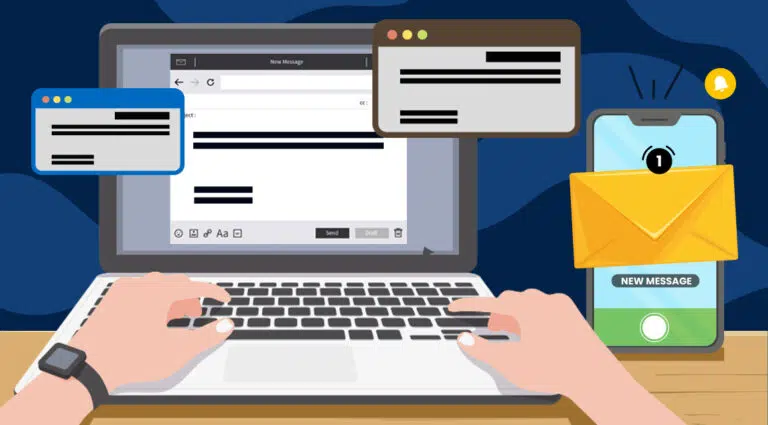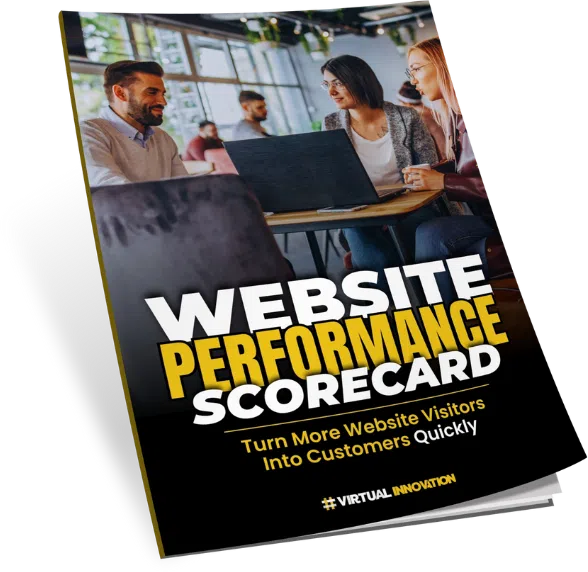
During tough economic times, does your business invest more in innovation?
What comes out from challenging times is innovation. Many businesses are now tapping into the power of online software systems to improve their productivity and achieve desired outcomes. Developing software is not an easy task. It requires a bit of brainstorming and planning.
To help you get the job done smoothly, we recommend these three ways on how to test and develop your apps:
- Glue Together Method
- Platform Method
- Ferrari Method
Watch the video below to learn more about it.
I know we’re in really crazy times with lockdown’s happening across the world, it’s challenging. But what comes from challenging times is innovation. You know, the biggest changes in innovation in the world have happened when a massive global event has hit. And this is what we’re seeing in Virtual Innovation.
We’re getting a lot of people contacting us about great ideas that they want to turn into online products. I wanted to share a bit of a little knowledge bomb because this is something I take for granted because I’ve been in this industry for so long that many people don’t know the first steps. In this case, how can you develop online software and test it? Because this is the challenge. We all have great ideas, but not all of them are commercial or can be tuned in to both income or true value. You know, what runs through our heads can sometimes not match. So I wanted to talk about three ways we recommend testing and developing your apps.
So let’s dive into this little presentation I have just whipped up. So the first step is the Glue Together Method. Now, this is very common. Now, if you’re into automation and how things work, you can sometimes get your first version of your idea to work by buying two or three products off the shelf and then using a tool like Zapier to connect them all together. It’s a great way to see if the flow of information is going to work and also to show it to someone and test out. Is there actual value in this? People can start with spreadsheets and other things like that to kick off and then build this out. This is usually the cheapest way to test an idea and with a bit of coaching, you can usually get it done or there are some great automation specialists. If you need any help, we’ve got a few great ones on our books that can help you out with this. But this is a great way to test it without investing tens of thousands of dollars in building the machine.
Now, the next method is the Platform Method. So this is a method where we have taken off the shelf platform that’s designed for developing these types of products. Now, this is good if your tool is going to be sold one to one, or if it’s a higher value thing that you want to get out into the world. So we basically take all of those things, pull it together into something that’s a little bit cleaner, a little bit more flowing. And you’re not using all these too many different artists out the side of it. This can run payments and we use one called KnackHQ.com that we develop on. It’s a really cool platform. It’s really good for specific projects, like if you’ve got a service business and you want to add a bit of technology to take some of your IP and pull it all together. Fantastic for stuff like that, stuff that isn’t going to grow and be sold off and be worth millions of dollars. The platform, if it’s great, it’s also great for building minimum viable products on as well. It can be very useful. It lowers the cost because they’ve already developed a lot of the base of what you need. It’s more about pulling everything together, which is not free. Don’t get me wrong, it’ll cost money to do, but it won’t be as big as the next method, which is the Ferrari Method.
Now, this is what most people aspire to. They want a Ferrari, but like having a beautiful Ferrari, it also costs investment and when I say investment, I mean money and time. You know, these take a lot longer to build, to develop. And they need to be planned very thoroughly. If you’ve really got an idea and you know it’s going to work commercially, what I always recommend is taking time to actually plan it. It’s sometimes the most boring thing to do for a creator. If you’ve got a big picture vision, you might think, hey, I don’t want to spend all this time planning, I just want to dive in. But that can be a very expensive lesson, three, six, nine months down the track when you realize you hadn’t actually explained something to a developer and you have to rebuild a whole section of your platform because it was never built for what your dream was.
Getting the planning right and we do a bit of this through the Regional Business Partners Network. They can help fund some of the coaching and planning around how you think about this. It’s really important to get that thinking really clear before you dive in and then we can help. We’ve got a team as well that can help build these out for you. Now, if you’re interested in doing something like this, if you’ve got a big idea and you’ve kind of got a bit of budget set aside to give it a crack and you want to talk about it, what I’d suggest is locked in a REV Session with us now, we’re going to talk about results, expectations and values. What do you value that comes first in this platform or this idea? So we’ve been doing this for an age, so we’re more than happy to help. This REV session costs you absolutely nothing. I really love talking about ideas. Happy to sign an NDA if you wish, at the beginning of it, although I really don’t have time to steal ideas, I have too many of my own. I’m sure you feel the same way, but I just wanted to share these ideas because not everyone has these pictures that I do in my head because I’ve been doing this for so long.
So hopefully that’s added some value. If it has, give it a share. And if you’d like to get in touch with me, you can see me a private message on LinkedIn or Facebook or find us a www.virtualinnovation.com.nz.




